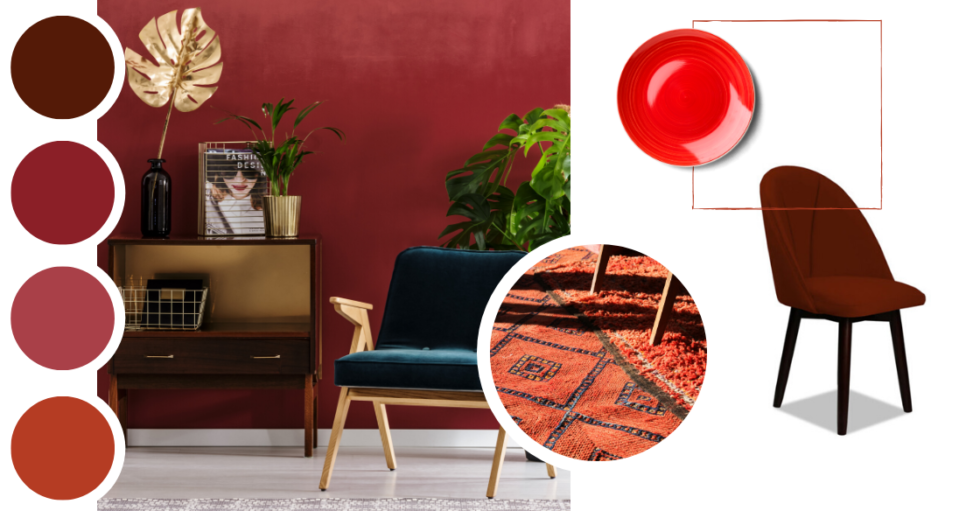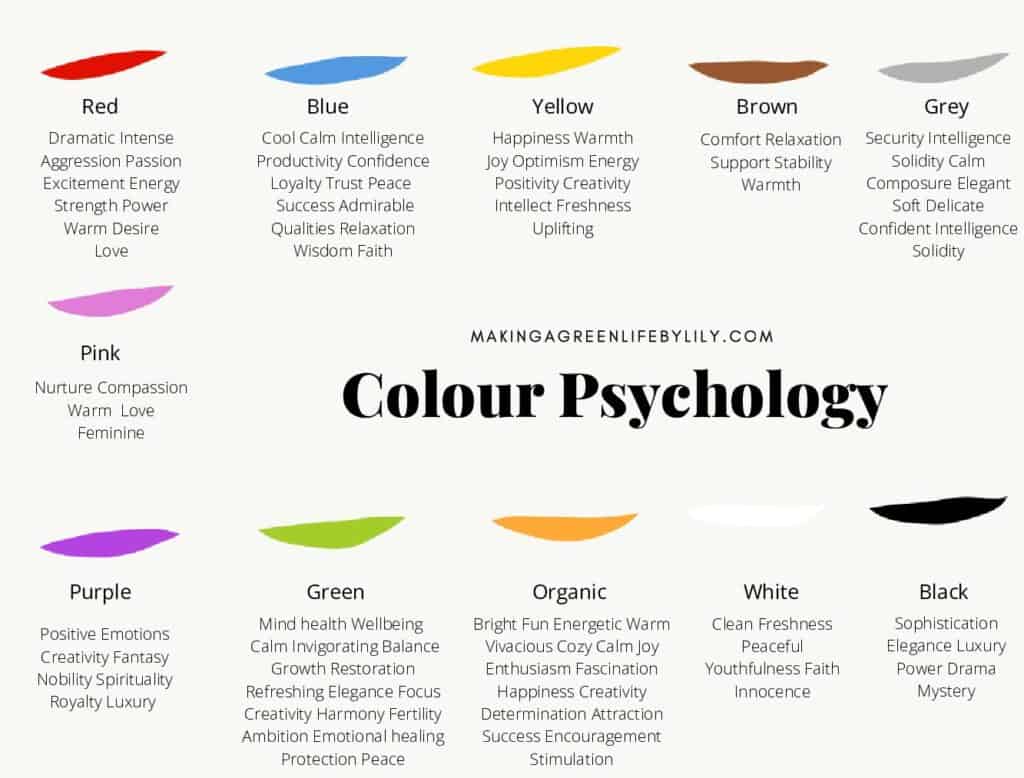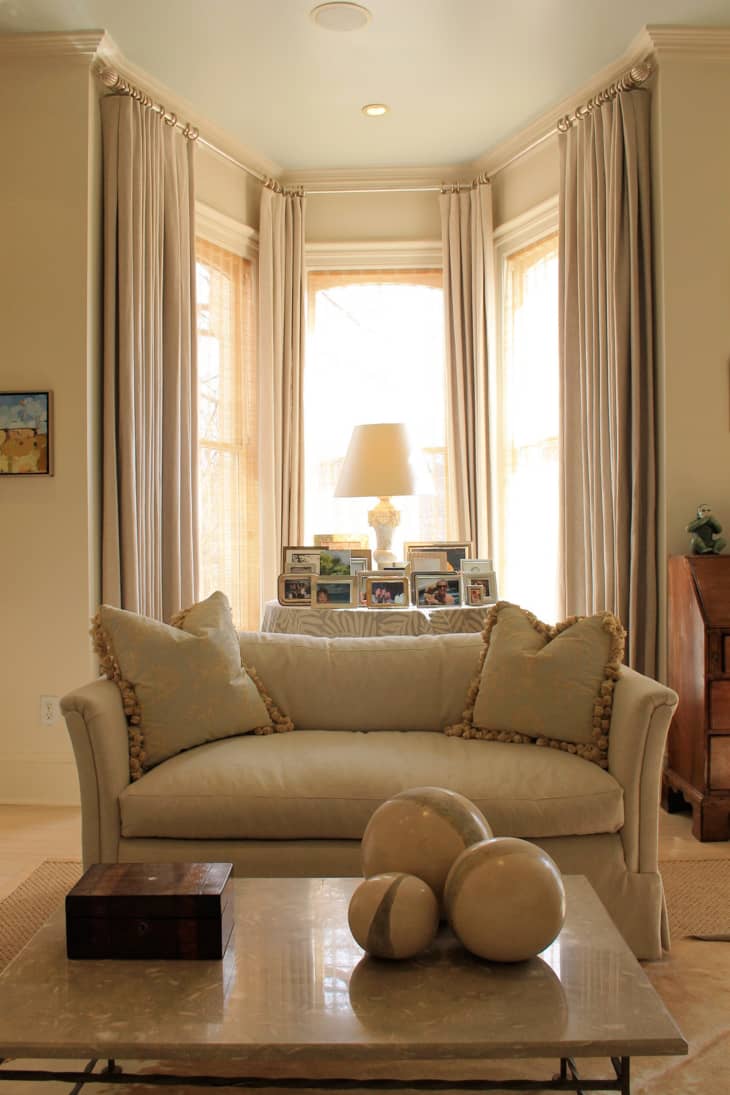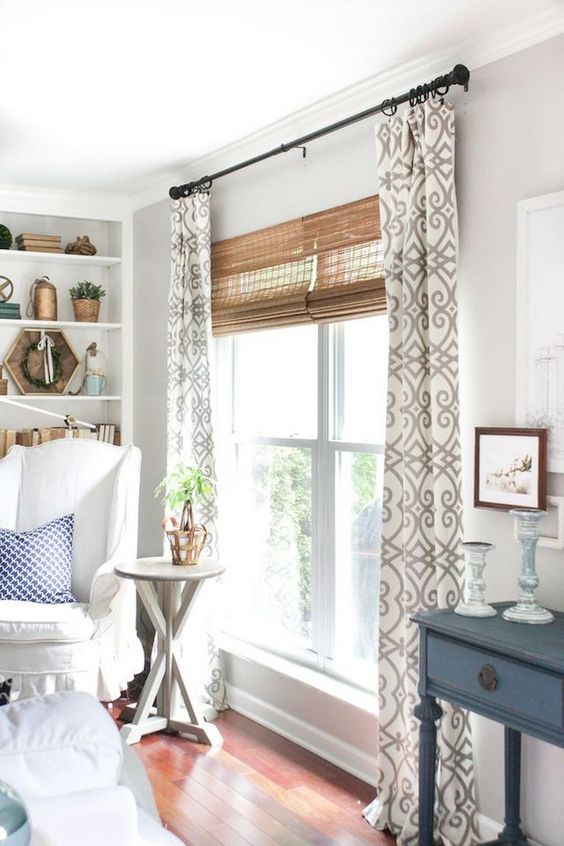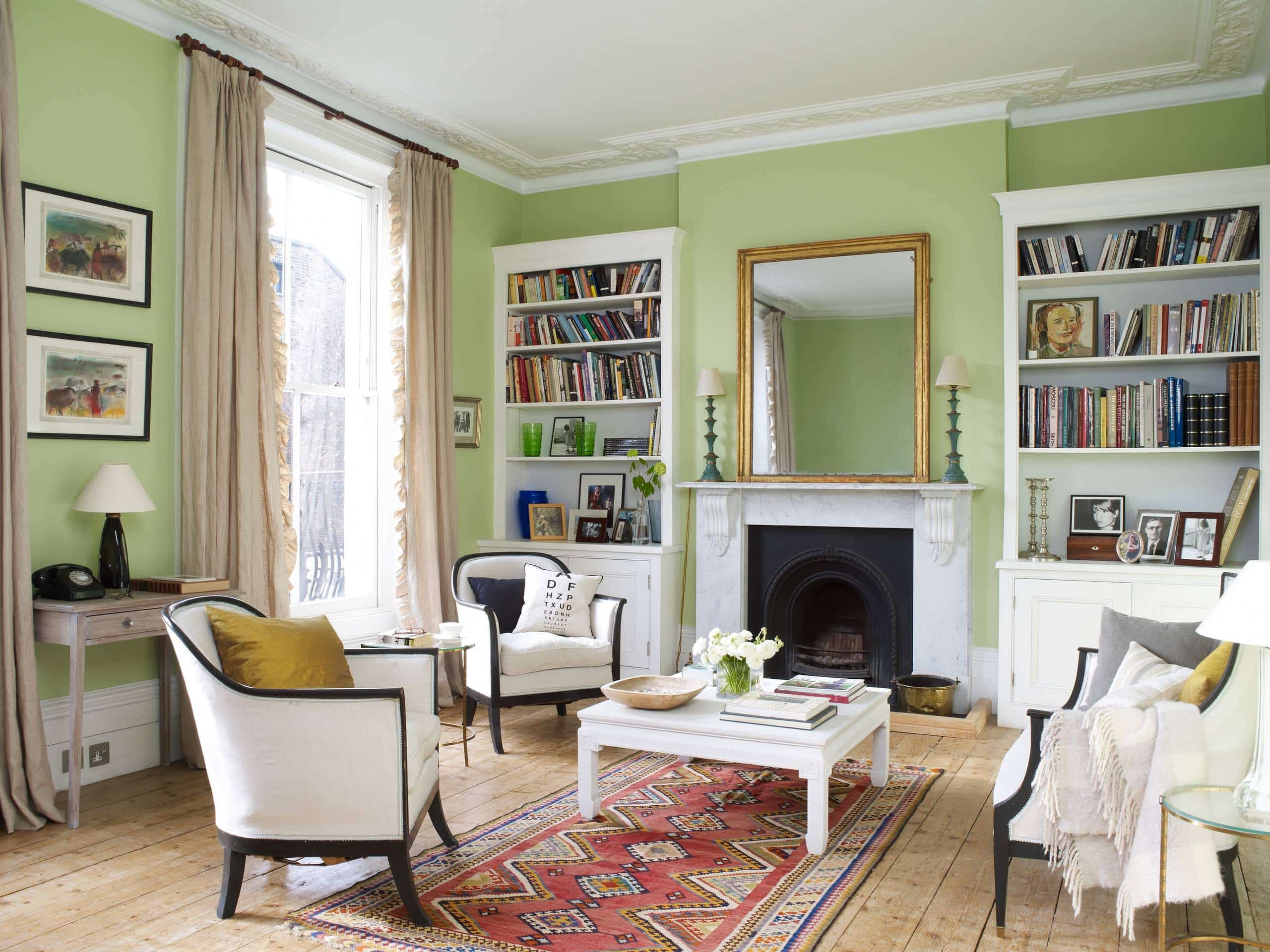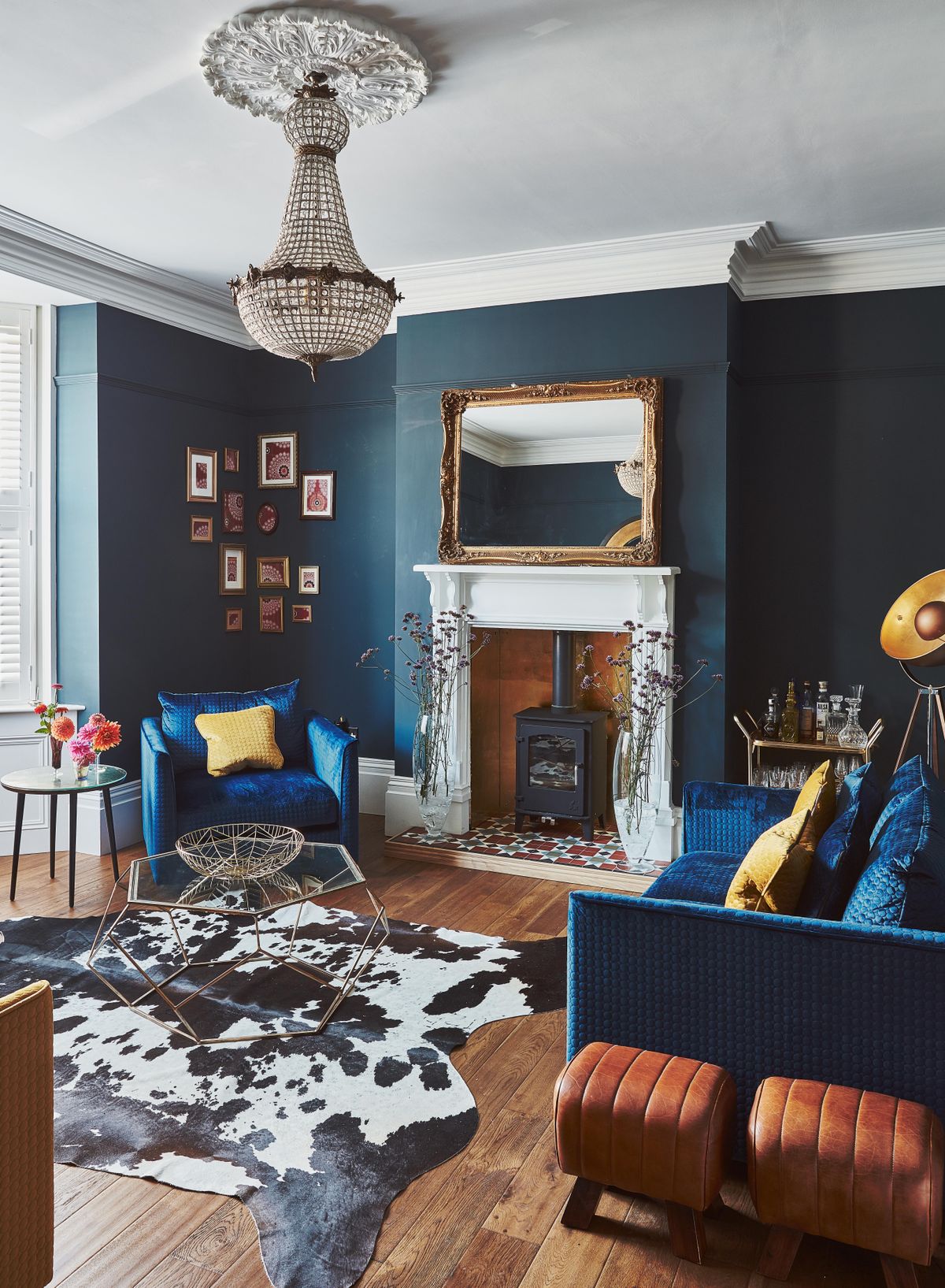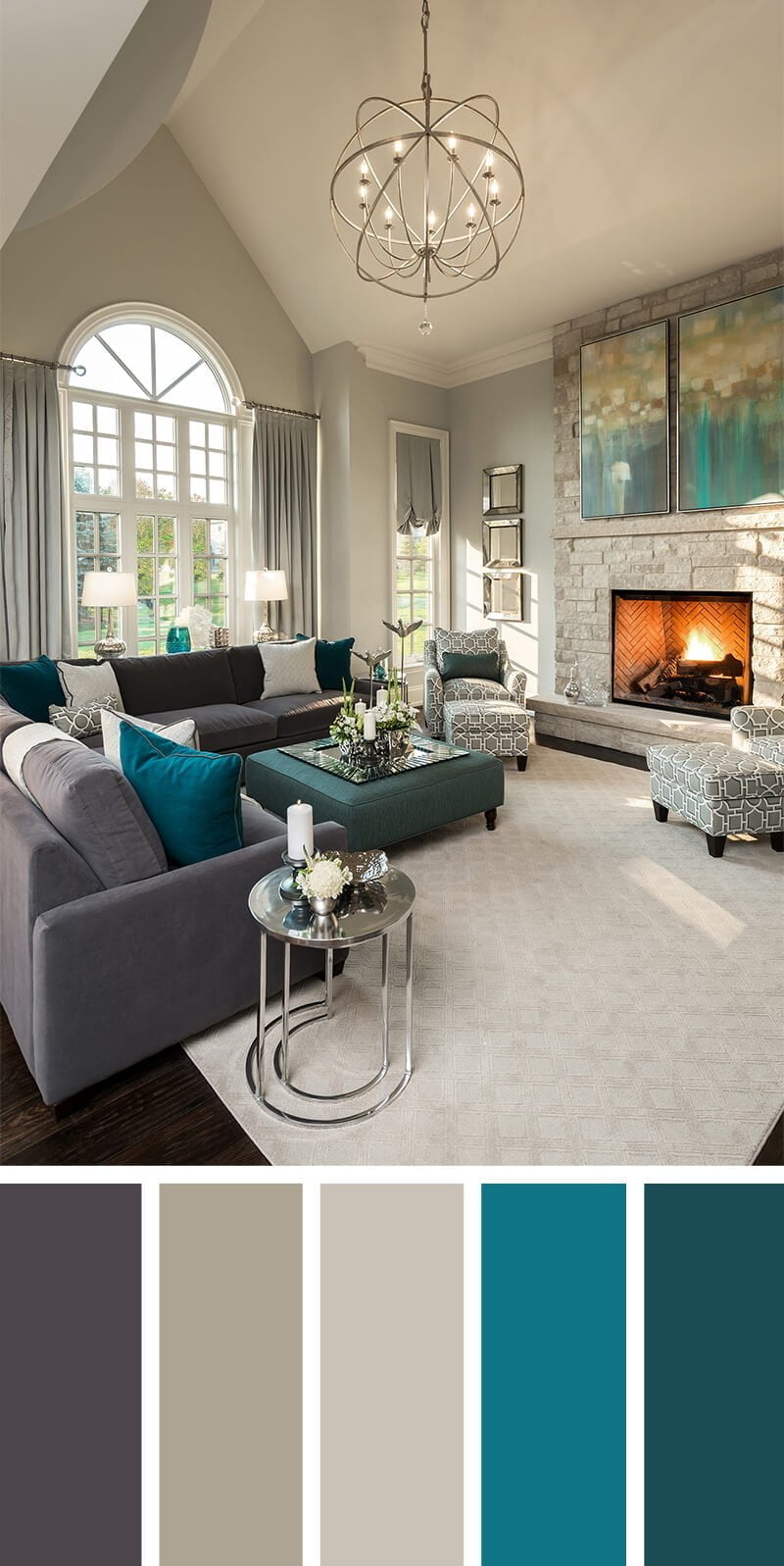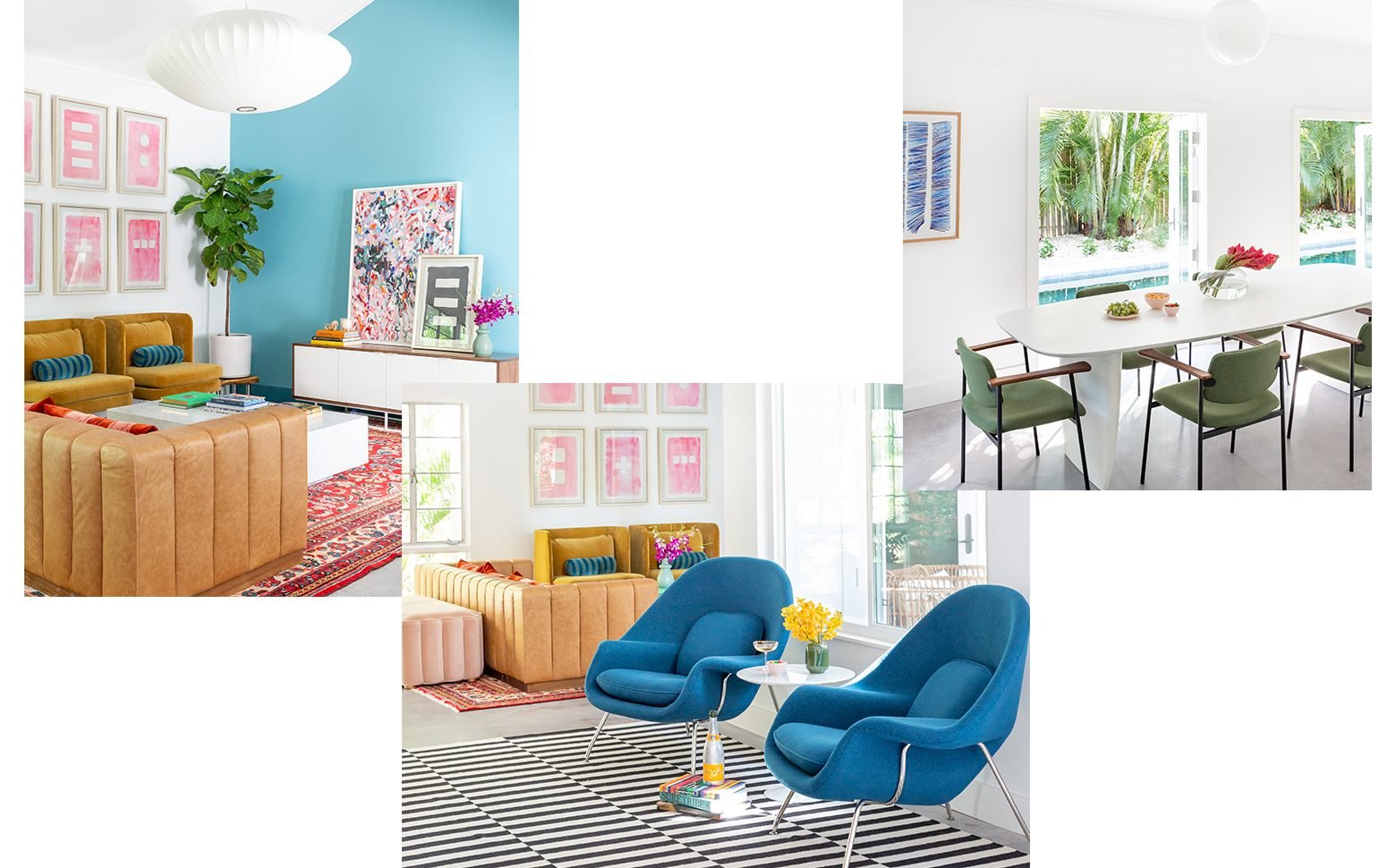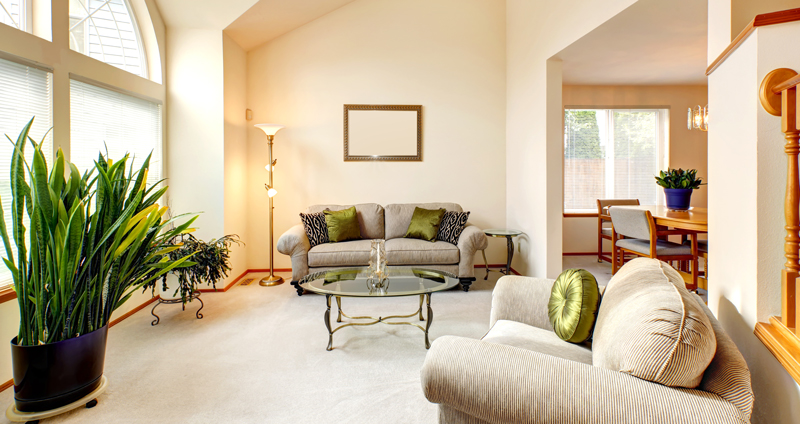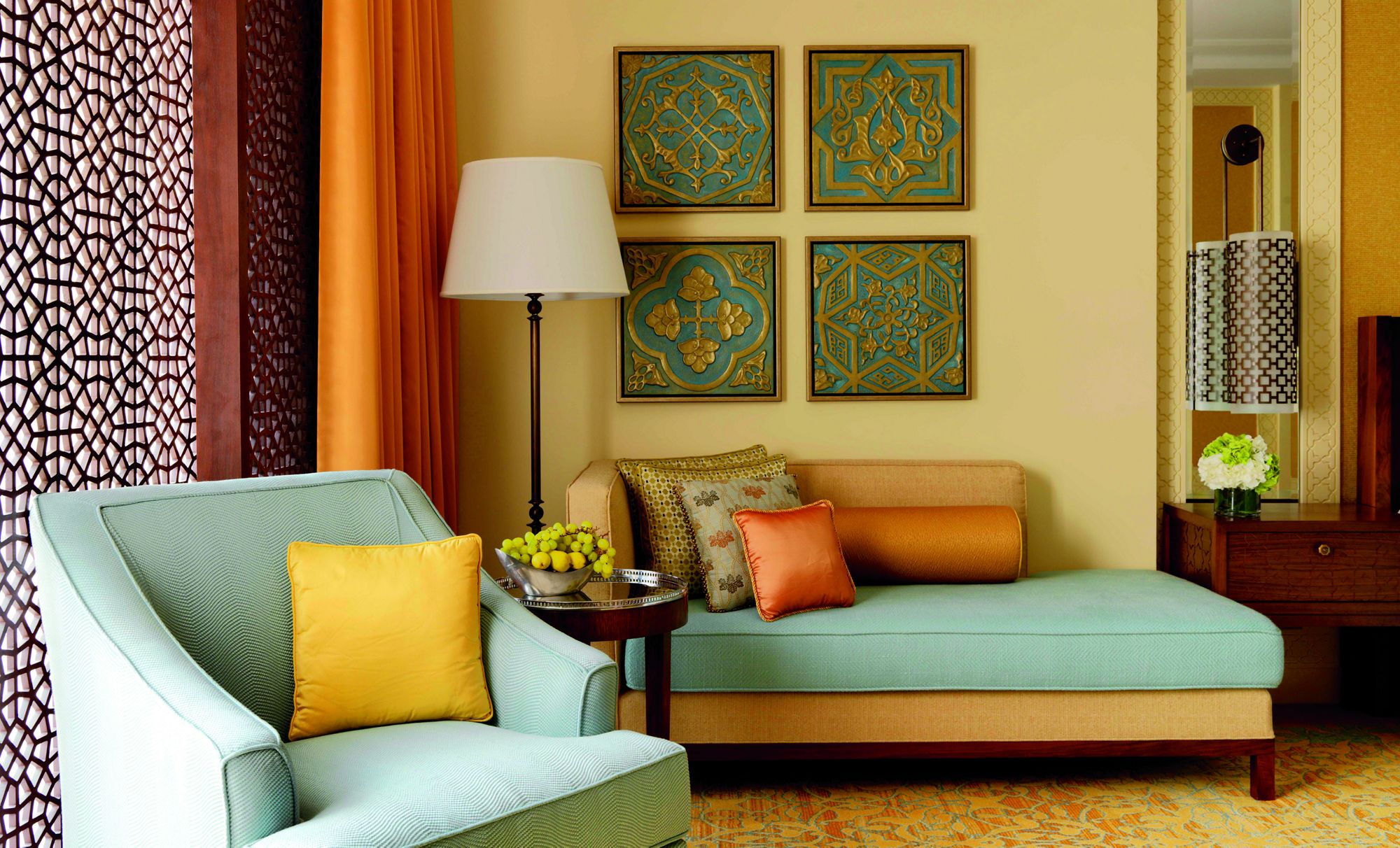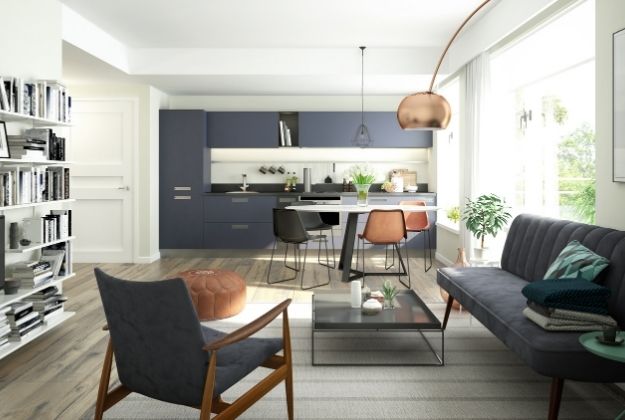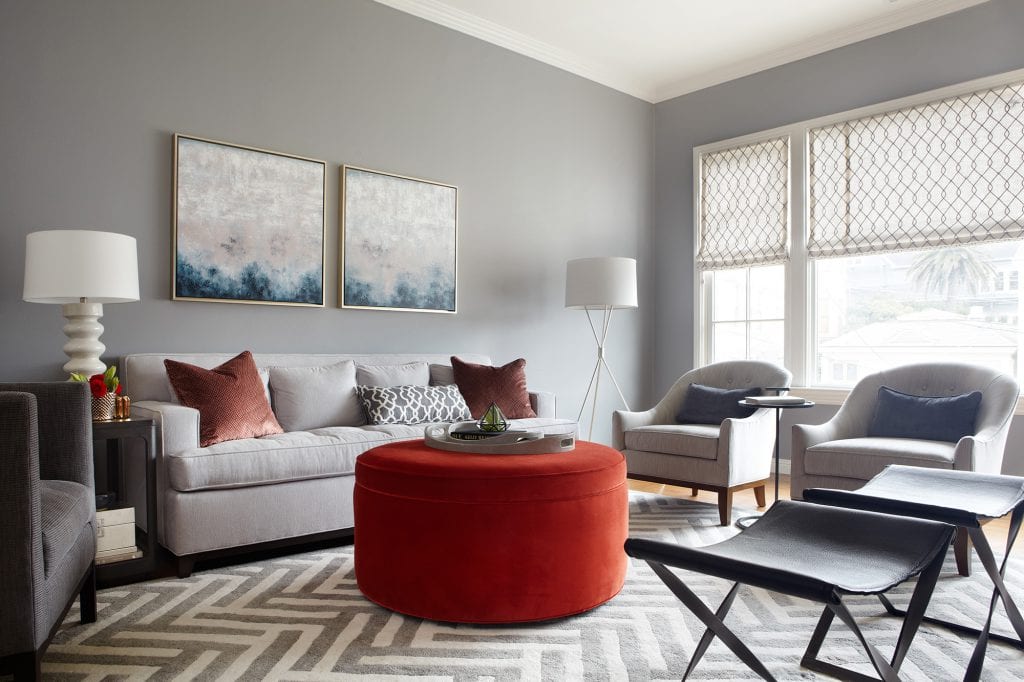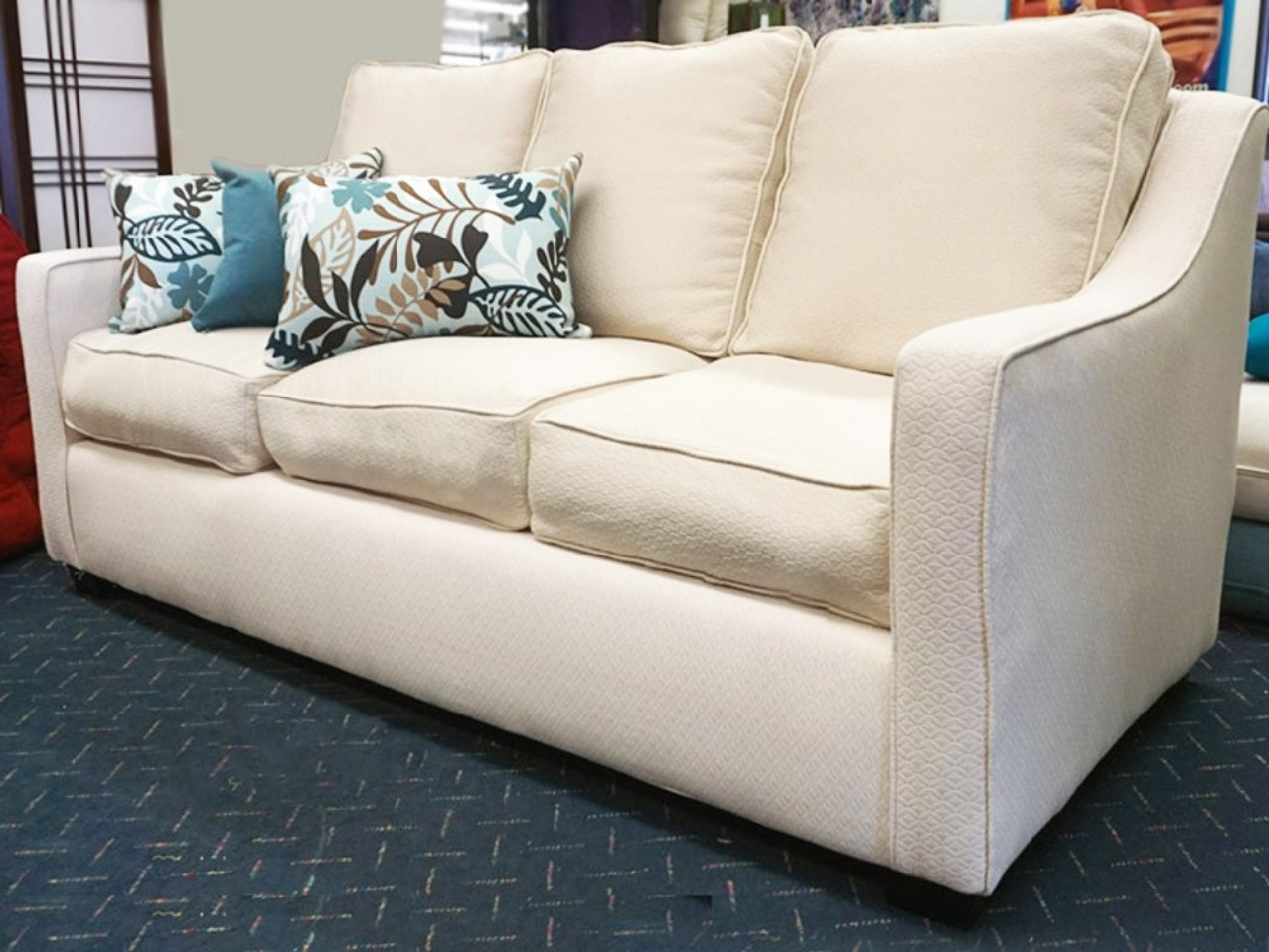When it comes to designing your living room, choosing the right color scheme is crucial. Not only does it set the overall mood and atmosphere of the room, but it also plays a major role in coordinating the rest of your decor. So, how do you choose the perfect color scheme for your living room? First, think about the main color you want to use in the room. This could be a color that you love or one that is already present in your furniture or decor pieces. Once you have your main color, you can start building your color scheme around it. Some popular color schemes for living rooms include monochromatic, complementary, and analogous. Monochromatic color schemes use different shades and tones of the same color, creating a harmonious and cohesive look. Complementary color schemes use colors that are opposite each other on the color wheel, such as blue and orange or red and green. Analogous color schemes use colors that are next to each other on the color wheel, such as blue and purple or yellow and green.1. Color schemes for living rooms
Coordinating colors in a living room can seem like a daunting task, but it's all about finding the right balance. Too much of one color can make the room feel overwhelming, while not enough can make it feel dull and lifeless. So, how do you achieve the perfect balance? One way to coordinate colors in a living room is to use a neutral color as a base. This could be a white or beige wall color, a neutral sofa, or even a neutral rug. Then, add in pops of color through accent pieces such as throw pillows, curtains, and artwork. This will help create a cohesive look while still adding some visual interest to the room. Another tip is to use the 60-30-10 rule. This means using one color for 60% of the room, a secondary color for 30%, and an accent color for 10%. This will help create a balanced and visually appealing color scheme.2. How to coordinate colors in a living room
If you're struggling to come up with a color scheme for your living room, don't worry – there are plenty of color palette ideas to choose from. One popular option is a neutral color palette. This includes shades of white, beige, and gray, which create a clean and timeless look. Another popular color palette is a blue and white scheme. This creates a calming and nautical vibe, perfect for a beach house or coastal-inspired living room. You can also add in pops of other colors, such as coral or yellow, for a fun and playful twist. For a more dramatic and bold look, consider a black and white color scheme. This creates a modern and sophisticated feel, and you can add in metallic accents for a touch of glamour.3. Living room color palette ideas
Choosing the right colors for your living room can be overwhelming, but there are a few tips that can help make the process easier. First, consider the size and natural light of your living room. Darker colors can make a small room feel even smaller, while lighter colors can make a large room feel more spacious. It's also important to think about the overall mood you want to create in the room. If you want a cozy and inviting space, warmer colors like reds, oranges, and yellows can help achieve that. If you want a more serene and calming atmosphere, cooler colors like blues and greens are a better option. Lastly, don't be afraid to experiment with different colors and patterns. It's always a good idea to test out paint swatches or fabric samples before committing to a color scheme.4. Tips for choosing living room colors
When it comes to coordinating furniture in a living room, the key is to choose pieces that complement each other rather than match perfectly. While matching furniture sets can be convenient, they can also make the room feel dull and cookie-cutter. Instead, choose furniture pieces that have similar colors and tones. For example, if you have a beige sofa, you can pair it with a beige and white patterned chair. This will create a cohesive look without being too matchy-matchy. You can also mix and match different textures and materials to add visual interest to the room. For example, a leather sofa paired with a plush velvet armchair can create a stylish and dynamic look.5. Color coordinating furniture in a living room
There are endless possibilities when it comes to living room color combinations. Some popular options include gray and yellow, which creates a modern and cheerful vibe, and green and pink, which adds a playful and feminine touch to the room. For a more understated look, consider a white and wood color combination. This creates a clean and natural aesthetic, perfect for a Scandinavian-inspired living room. You can also add in pops of color through artwork or accessories. Remember, there are no right or wrong color combinations – it's all about finding what works best for your personal style and the overall design of your living room.6. Living room color combinations
Accent colors are an important element in any living room color scheme. They add pops of color and personality to the room, and can also help tie all the different elements together. So, how do you choose the right accent colors? One option is to use complementary colors. This means choosing colors that are opposite each other on the color wheel, such as blue and orange or purple and yellow. This creates a vibrant and eye-catching look. You can also use monochromatic accents. This means using different shades and tones of the same color. For example, if your main color is blue, you can use light blue, navy, and teal as accent colors. This will create a cohesive and harmonious color scheme.7. Using accent colors in a living room
Believe it or not, colors can have a psychological impact on our mood and emotions. This is why it's important to consider color psychology when designing your living room. For example, blue is often associated with calmness and tranquility, making it a great choice for a relaxing living room. Green is often associated with growth and harmony, making it a good option for a home office or creative space. Yellow is often associated with happiness and energy, making it a great choice for a playroom or family room. It's also important to keep in mind that different shades and tones of the same color can have a different psychological impact. For example, while light blue may create a calming atmosphere, dark blue can create a more serious and somber mood.8. Color psychology in living room design
When choosing curtain colors for your living room, it's important to consider how they will coordinate with your wall color. One option is to choose curtains that are the same color as your walls. This creates a seamless and cohesive look, making the room feel larger and more open. Another option is to choose curtains that contrast with your wall color. For example, if you have light gray walls, you can add some visual interest by choosing dark gray or black curtains. This creates a bold and dramatic look. You can also choose curtains that complement your wall color. For example, if you have beige walls, you can choose curtains in a warm or cool tone, such as a light pink or blue. This creates a harmonious and balanced look.9. Coordinating curtains and wall colors in a living room
In the end, the most important thing when it comes to color coordinating your living room is to create a cohesive and harmonious look. This means choosing colors that work well together and tying them all together through different elements in the room. Whether you prefer a bold and colorful look or a more subtle and neutral one, there are endless ways to create a cohesive color scheme in your living room. Just remember to choose a main color, add in some complementary or analogous colors, and use accent colors to tie everything together. With these tips, you'll have a beautifully coordinated living room in no time.10. Creating a cohesive color scheme in your living room
The Importance of Color Coordination in Your Living Room

Creating a Cohesive Design
 When it comes to designing your living room, color coordination is a crucial aspect to consider. Color has the power to transform a space, evoke emotions, and set the overall tone of a room. It is essential to carefully select and coordinate colors to achieve a cohesive and visually appealing design.
Color coordination
refers to the process of selecting and combining complementary colors, creating balance and harmony in a space. In this article, we will discuss the importance of color coordination in your living room and provide tips on how to achieve a well-coordinated space.
When it comes to designing your living room, color coordination is a crucial aspect to consider. Color has the power to transform a space, evoke emotions, and set the overall tone of a room. It is essential to carefully select and coordinate colors to achieve a cohesive and visually appealing design.
Color coordination
refers to the process of selecting and combining complementary colors, creating balance and harmony in a space. In this article, we will discuss the importance of color coordination in your living room and provide tips on how to achieve a well-coordinated space.
Choosing a Color Scheme
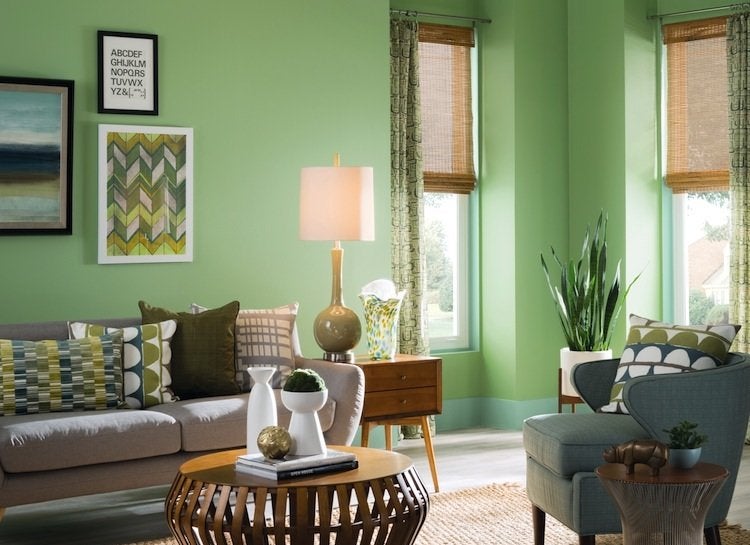 Color scheme
is the foundation of any room design and sets the stage for the overall look and feel of the space. It is crucial to choose a color scheme that aligns with your personal style and complements your existing decor.
Neutral colors
such as white, beige, and gray are versatile and can serve as a great base for any color scheme. They also help to create a clean and timeless look. On the other hand,
bright and bold colors
can add a pop of personality and create a more vibrant and energetic feel in a room. Whichever color scheme you choose, make sure it reflects your personal taste and creates a cohesive look in your living room.
Color scheme
is the foundation of any room design and sets the stage for the overall look and feel of the space. It is crucial to choose a color scheme that aligns with your personal style and complements your existing decor.
Neutral colors
such as white, beige, and gray are versatile and can serve as a great base for any color scheme. They also help to create a clean and timeless look. On the other hand,
bright and bold colors
can add a pop of personality and create a more vibrant and energetic feel in a room. Whichever color scheme you choose, make sure it reflects your personal taste and creates a cohesive look in your living room.
Creating Balance and Harmony
 Color coordination plays a crucial role in creating balance and harmony in a living room. When choosing colors for your space, it is essential to consider
color psychology
. Different colors can evoke different emotions and have a significant impact on the overall mood of a room. For example,
blue
is known for its calming and serene qualities, making it a great choice for a living room.
Yellow
, on the other hand, is associated with energy and happiness, making it suitable for a more lively and vibrant space. By carefully selecting and coordinating colors, you can create a sense of balance and harmony in your living room.
Color coordination plays a crucial role in creating balance and harmony in a living room. When choosing colors for your space, it is essential to consider
color psychology
. Different colors can evoke different emotions and have a significant impact on the overall mood of a room. For example,
blue
is known for its calming and serene qualities, making it a great choice for a living room.
Yellow
, on the other hand, is associated with energy and happiness, making it suitable for a more lively and vibrant space. By carefully selecting and coordinating colors, you can create a sense of balance and harmony in your living room.
Adding Accents and Textures
 In addition to choosing a color scheme, it is essential to consider accents and textures when coordinating colors in your living room.
Accents
such as pillows, rugs, and wall art can add depth and dimension to a space and tie in the color scheme. By incorporating different textures, such as
soft fabrics
and
hard materials
, you can create a visually appealing and well-coordinated design. It is crucial to pay attention to details and ensure that all elements in the room work together to create a cohesive and harmonious look.
In conclusion, color coordination is a crucial aspect of designing a living room. By carefully selecting a color scheme, creating balance and harmony, and incorporating accents and textures, you can achieve a well-coordinated and visually appealing space. Consider the tips mentioned in this article, and you will have a beautifully designed living room that reflects your personal style and taste.
In addition to choosing a color scheme, it is essential to consider accents and textures when coordinating colors in your living room.
Accents
such as pillows, rugs, and wall art can add depth and dimension to a space and tie in the color scheme. By incorporating different textures, such as
soft fabrics
and
hard materials
, you can create a visually appealing and well-coordinated design. It is crucial to pay attention to details and ensure that all elements in the room work together to create a cohesive and harmonious look.
In conclusion, color coordination is a crucial aspect of designing a living room. By carefully selecting a color scheme, creating balance and harmony, and incorporating accents and textures, you can achieve a well-coordinated and visually appealing space. Consider the tips mentioned in this article, and you will have a beautifully designed living room that reflects your personal style and taste.



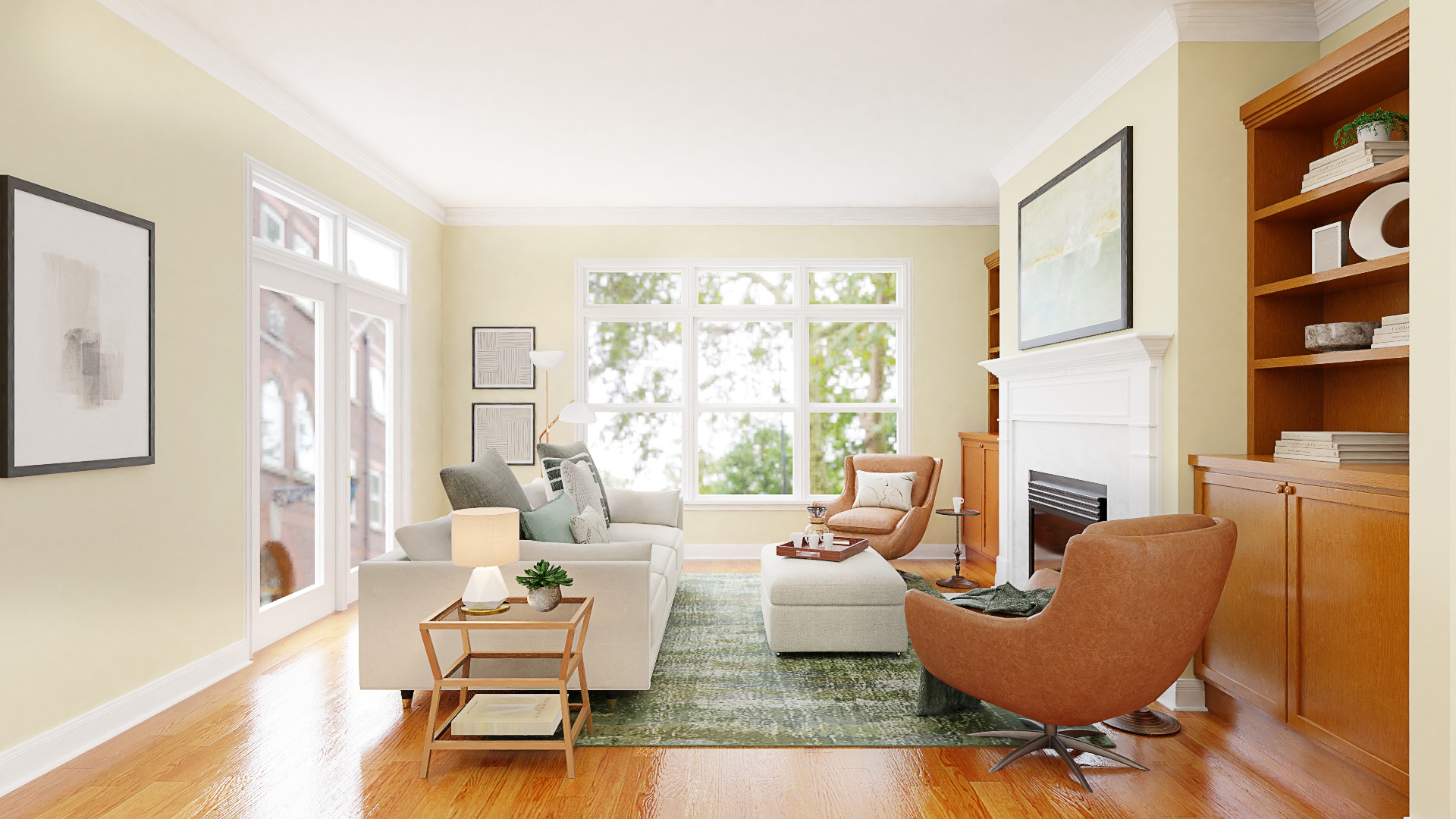



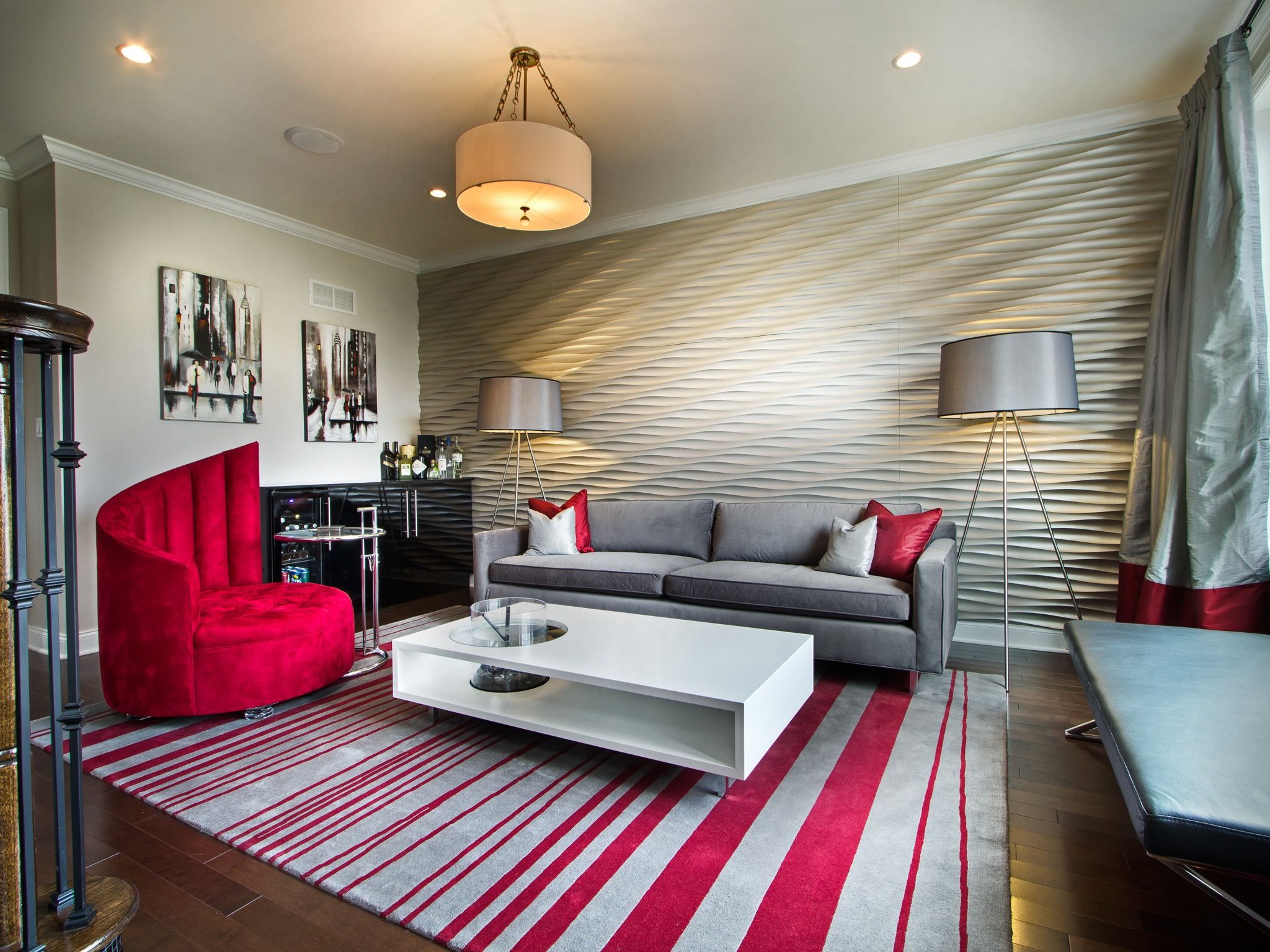


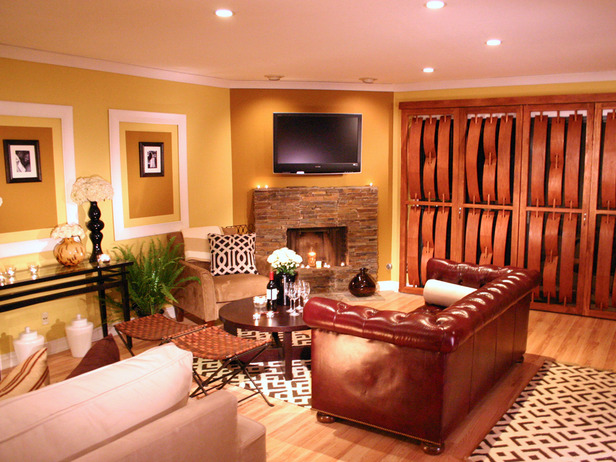

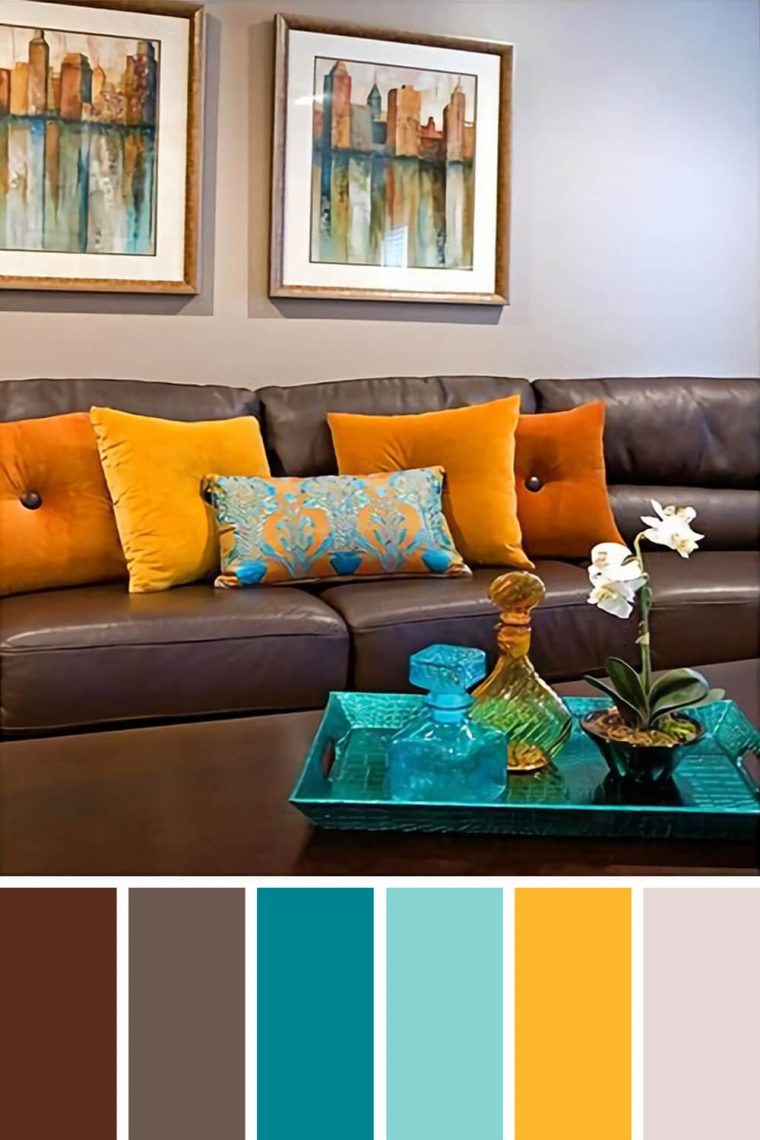











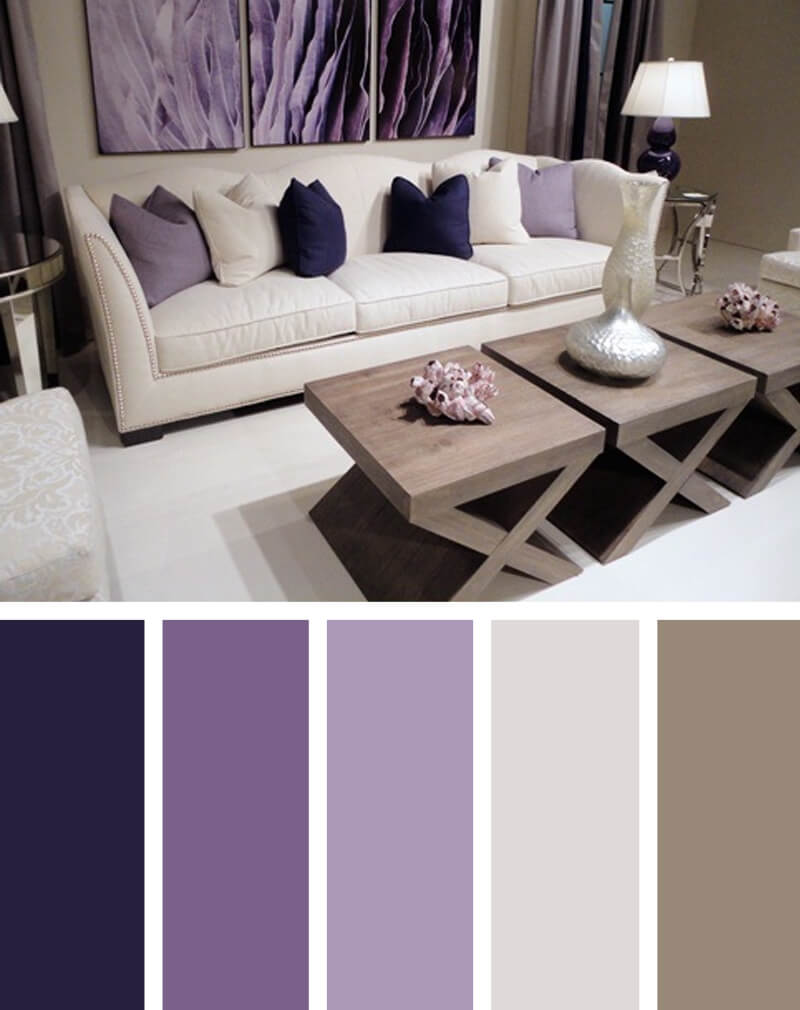

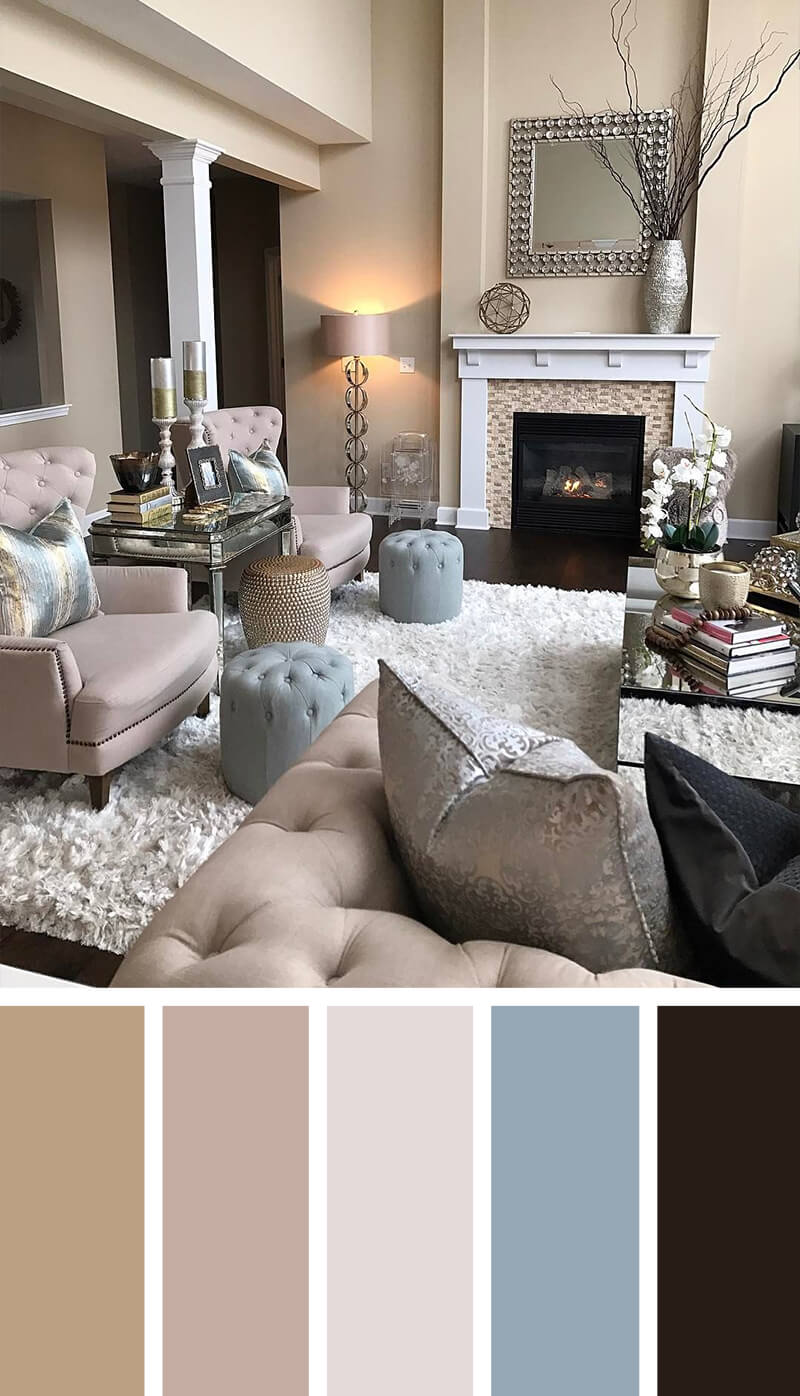


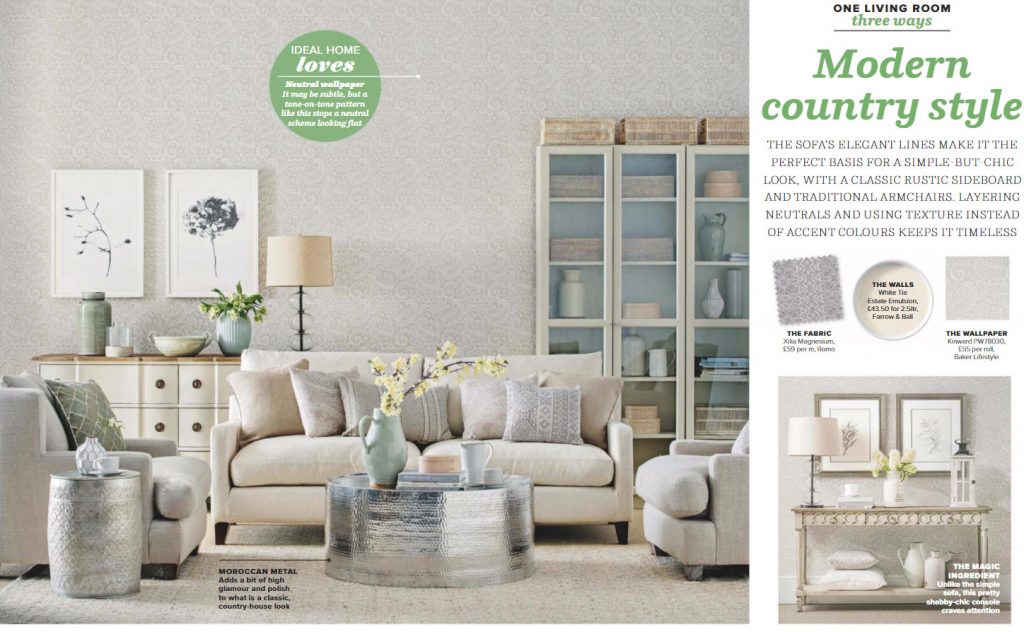
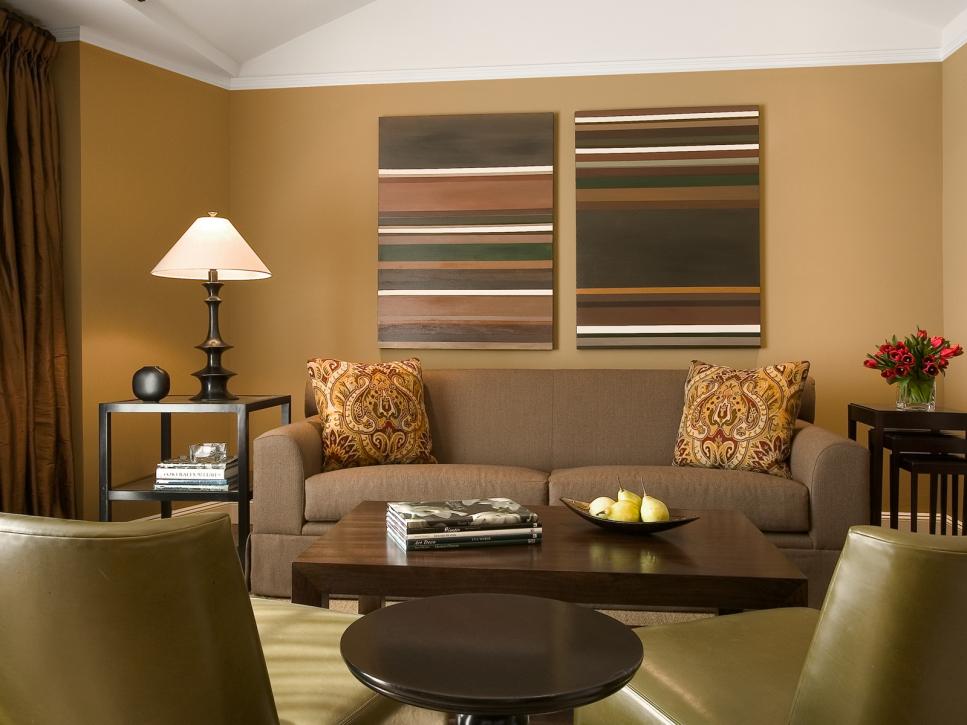

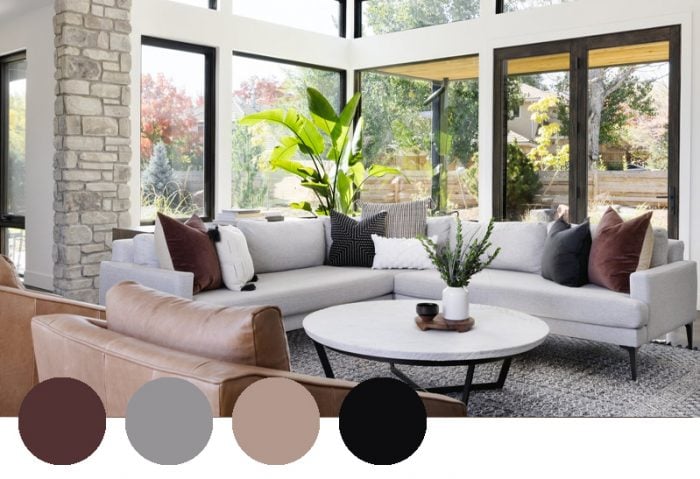
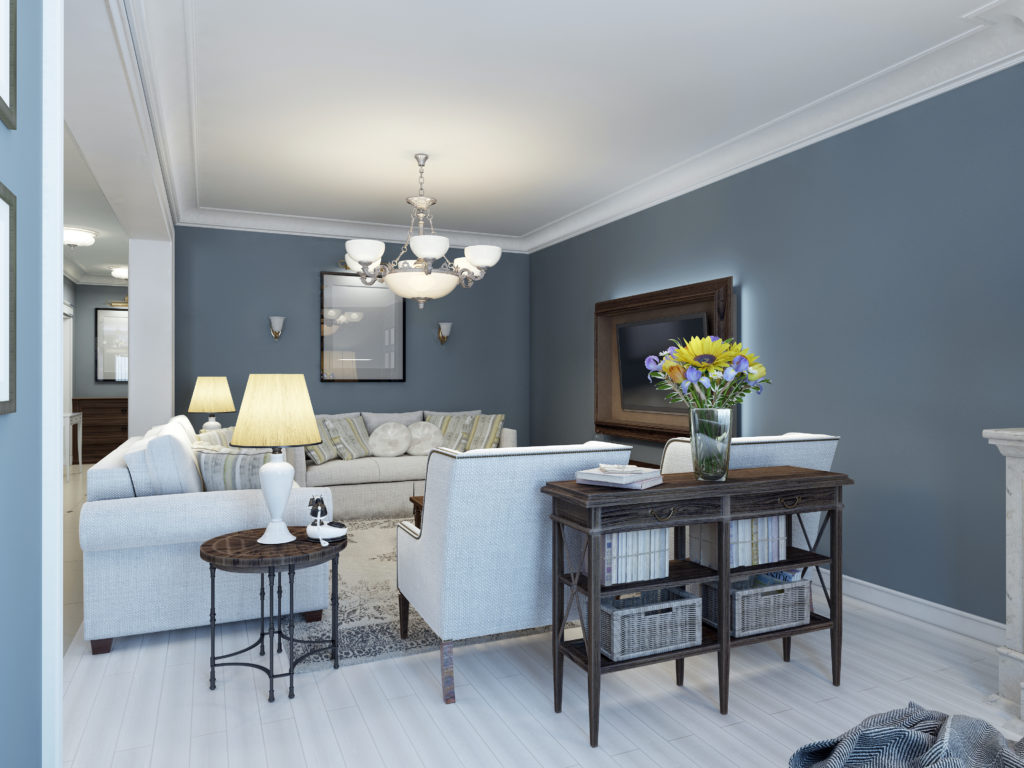
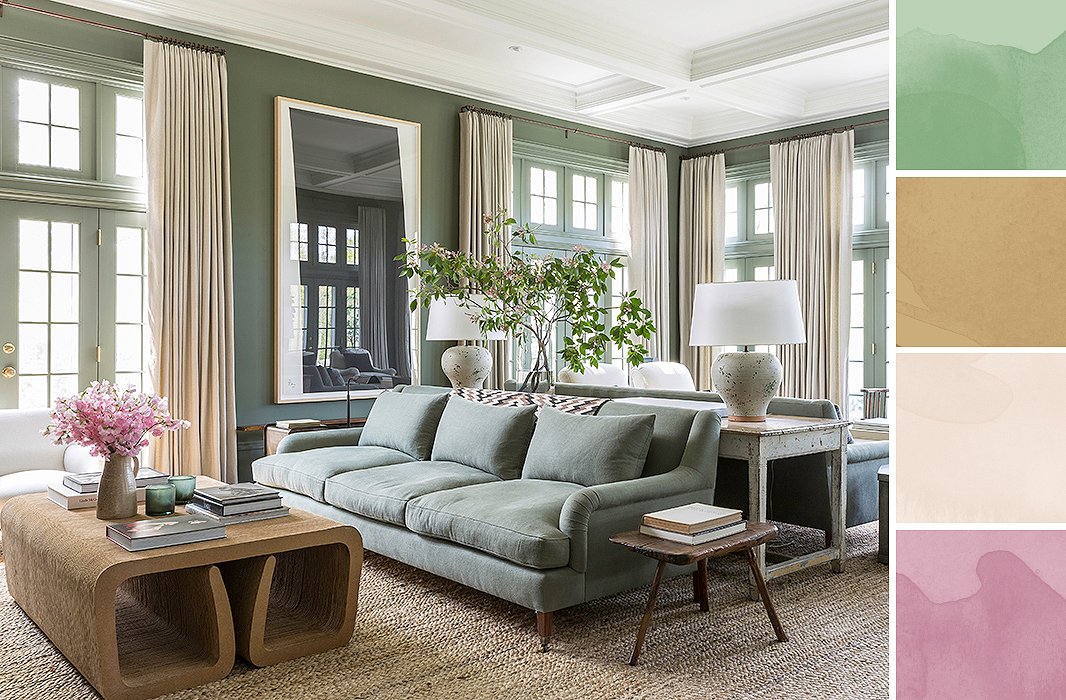
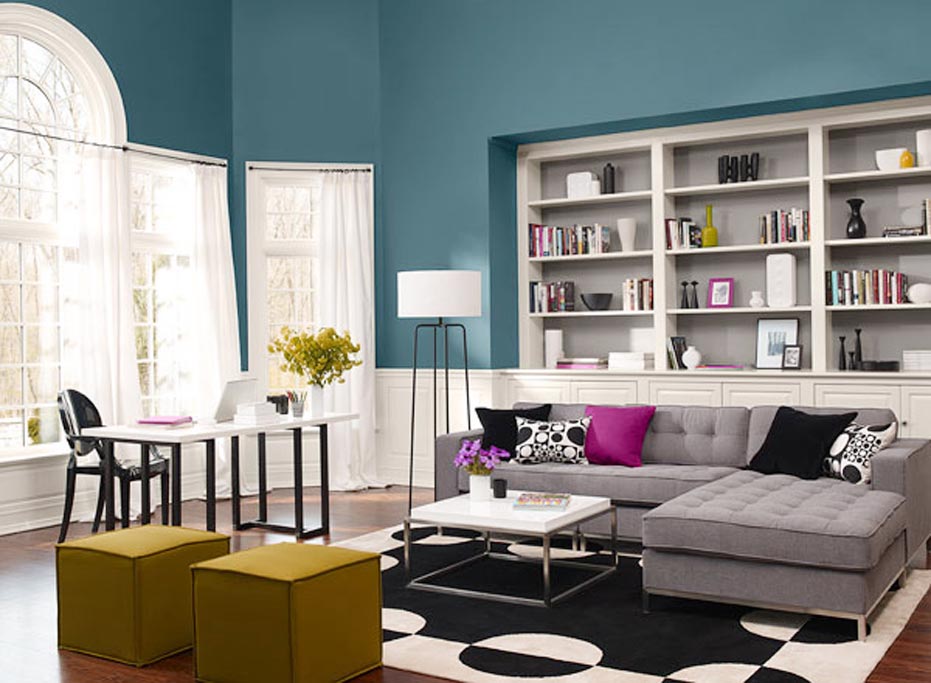



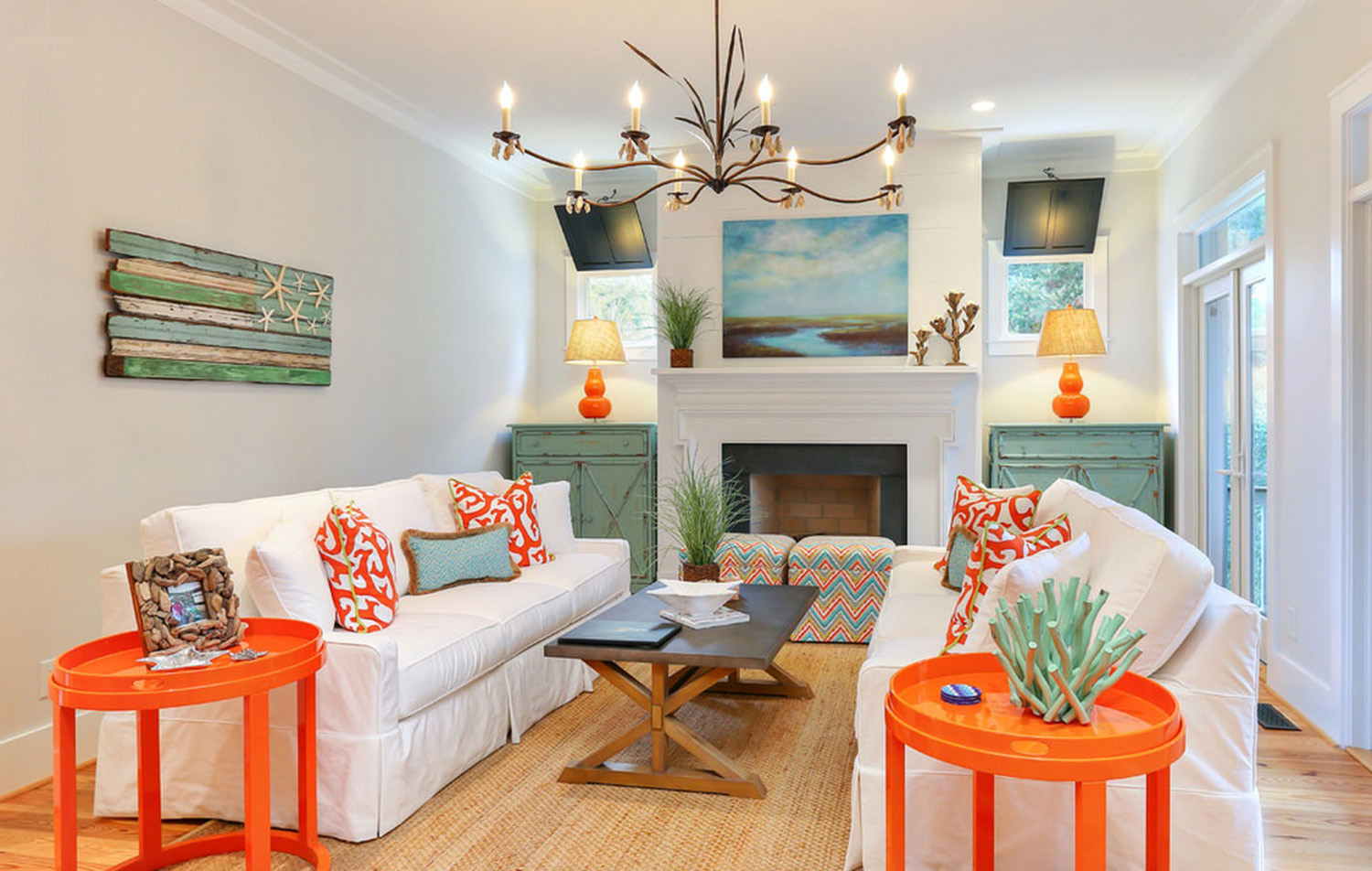
:max_bytes(150000):strip_icc()/Chuck-Schmidt-Getty-Images-56a5ae785f9b58b7d0ddfaf8.jpg)




:max_bytes(150000):strip_icc()/showcase-home-interior-looks-inviting--487916813-5accd093fa6bcc00361bb970.jpg)
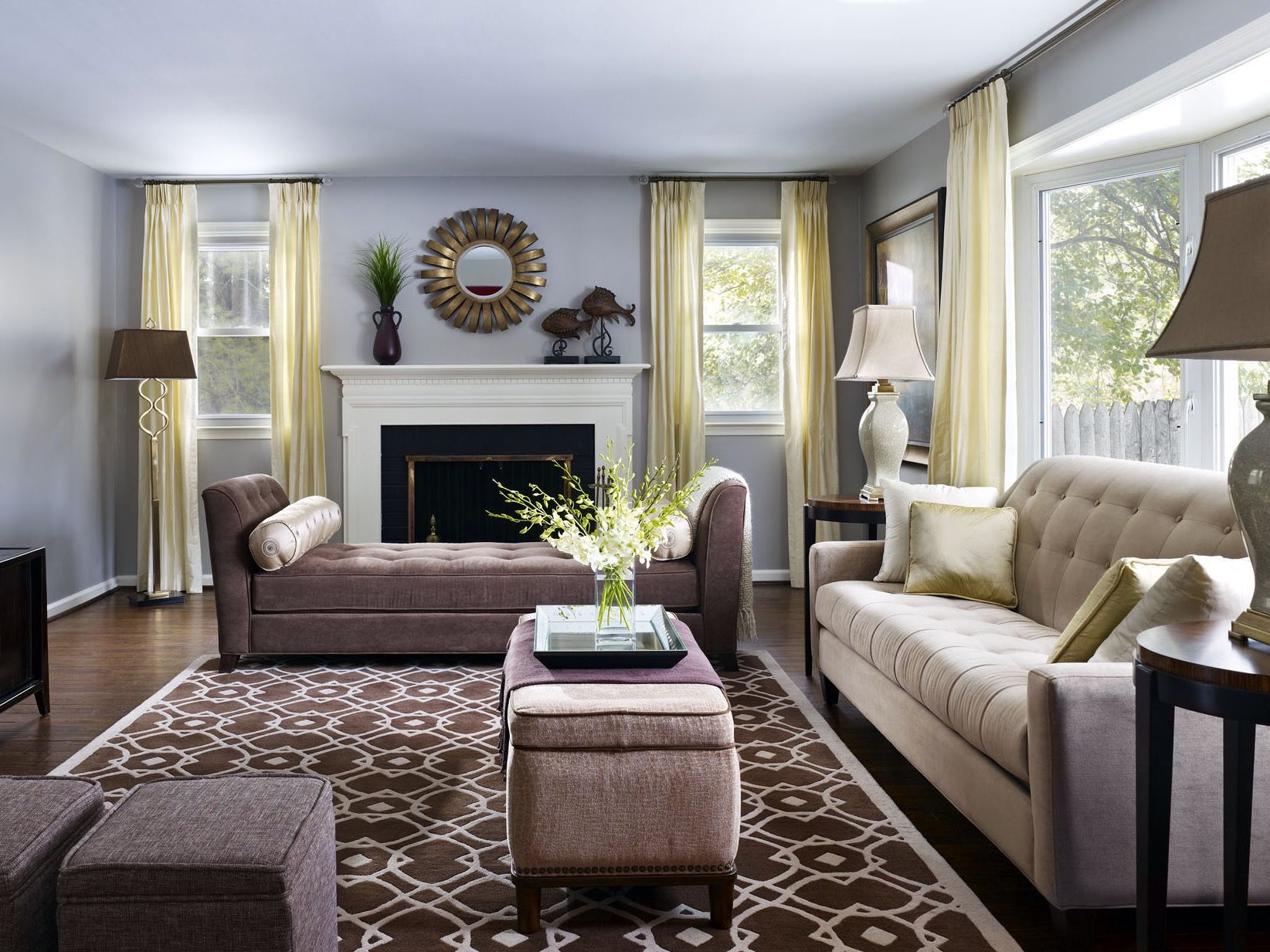
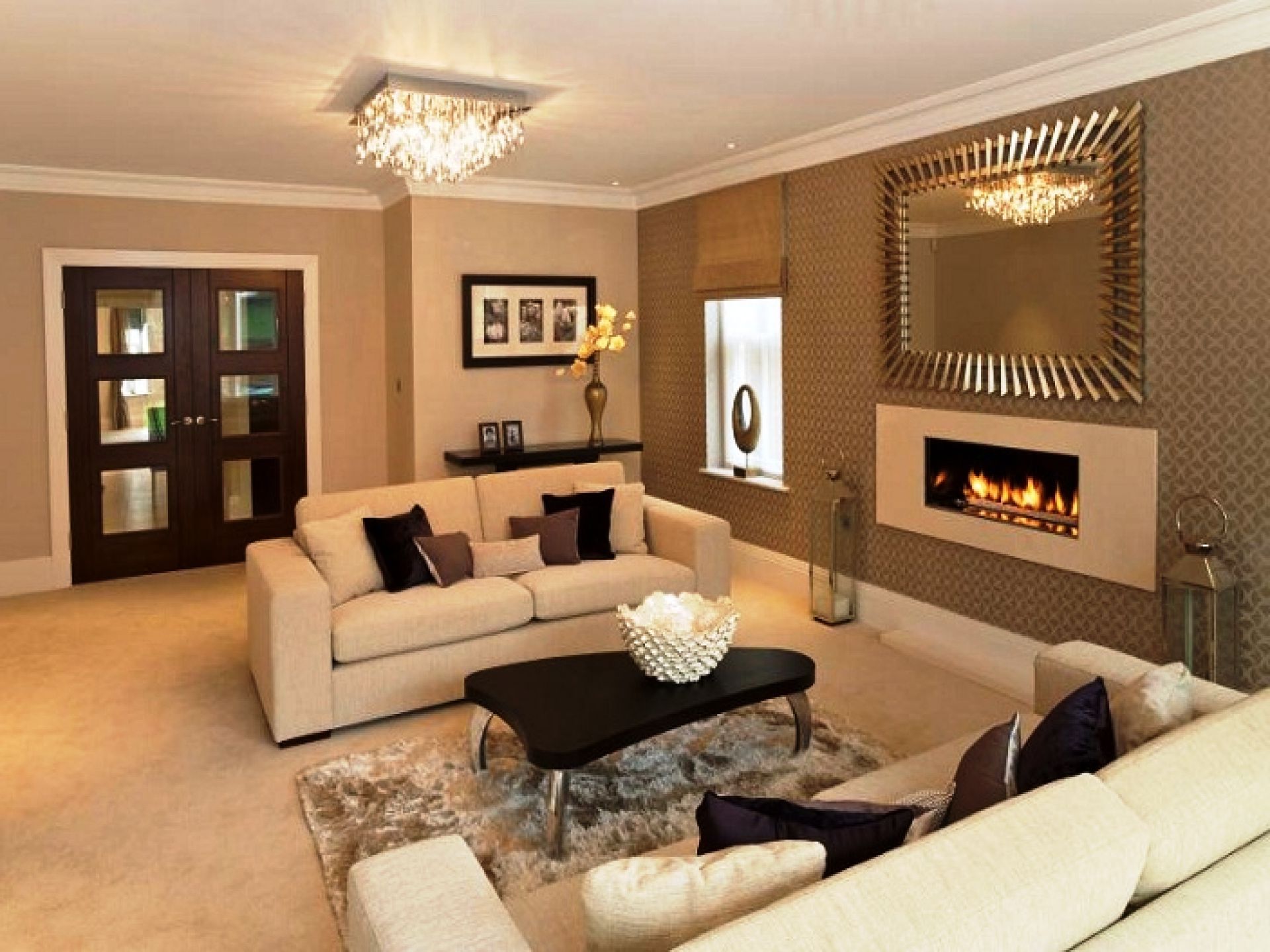




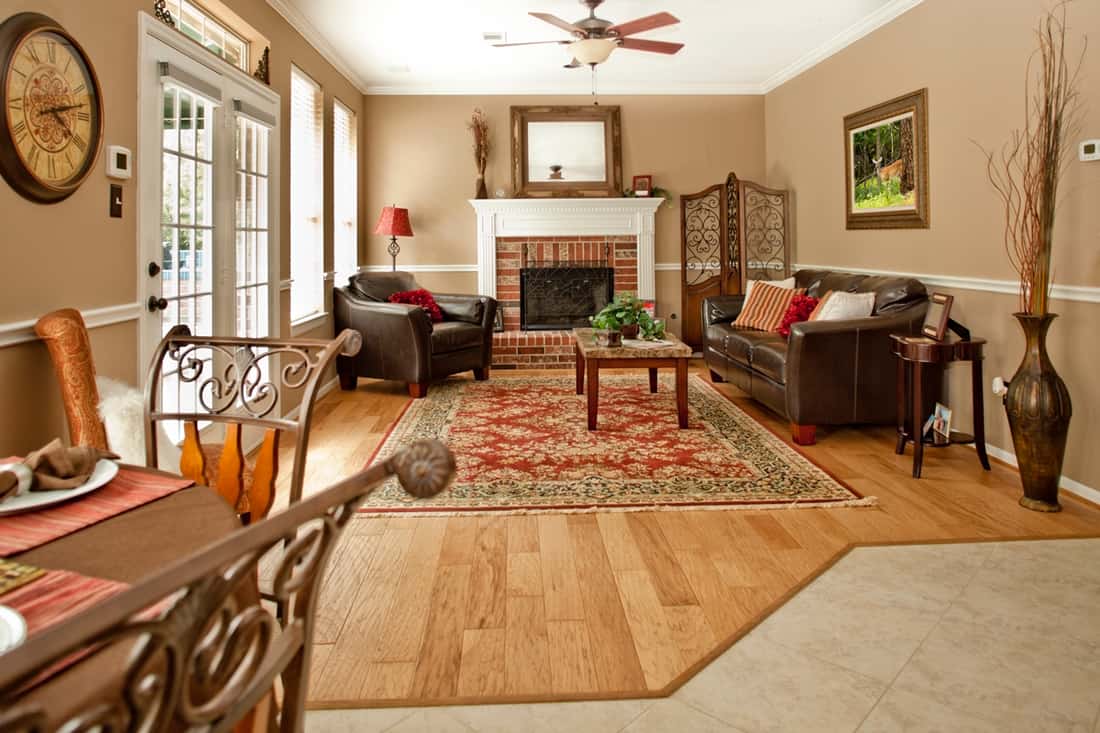


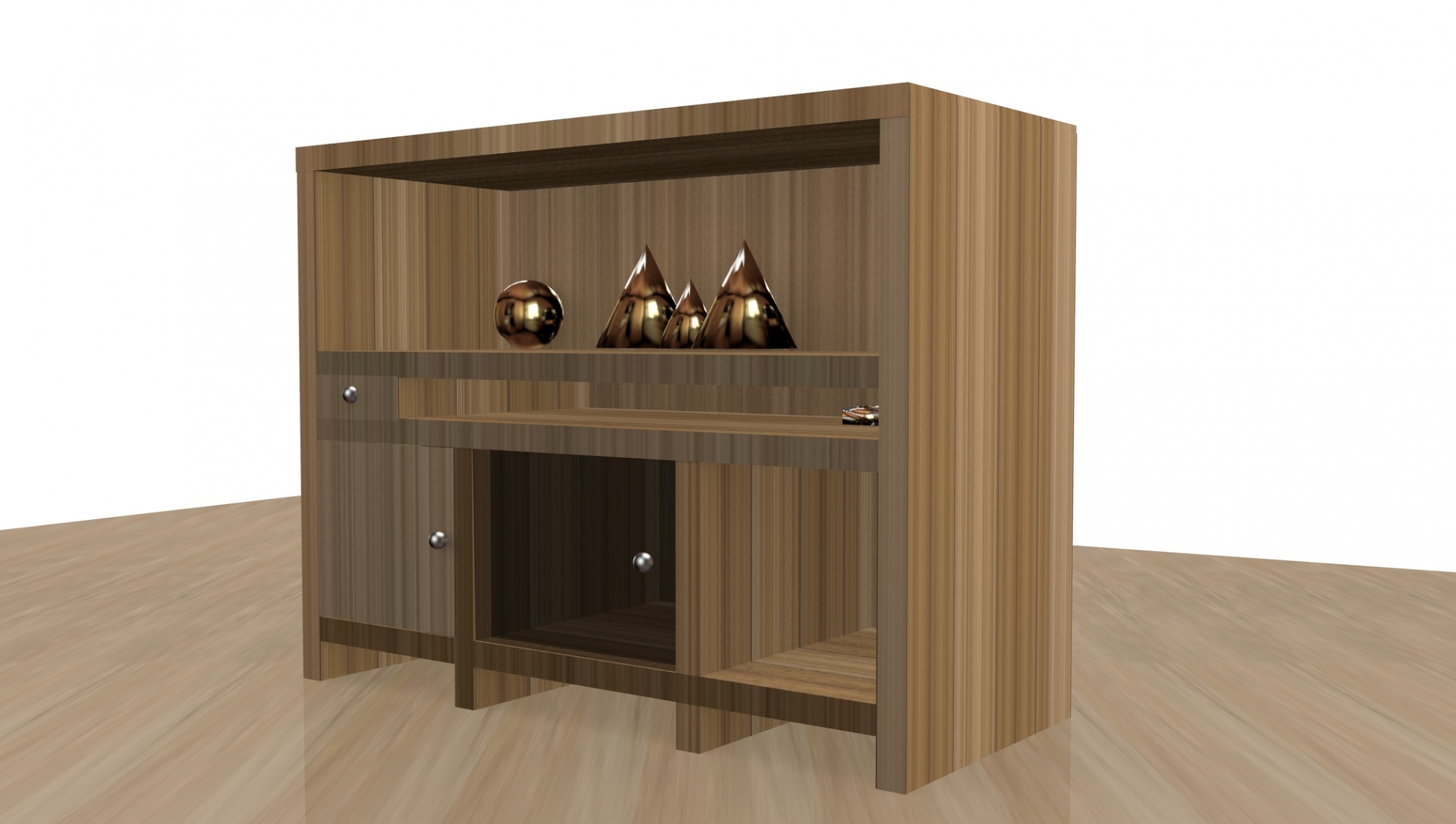





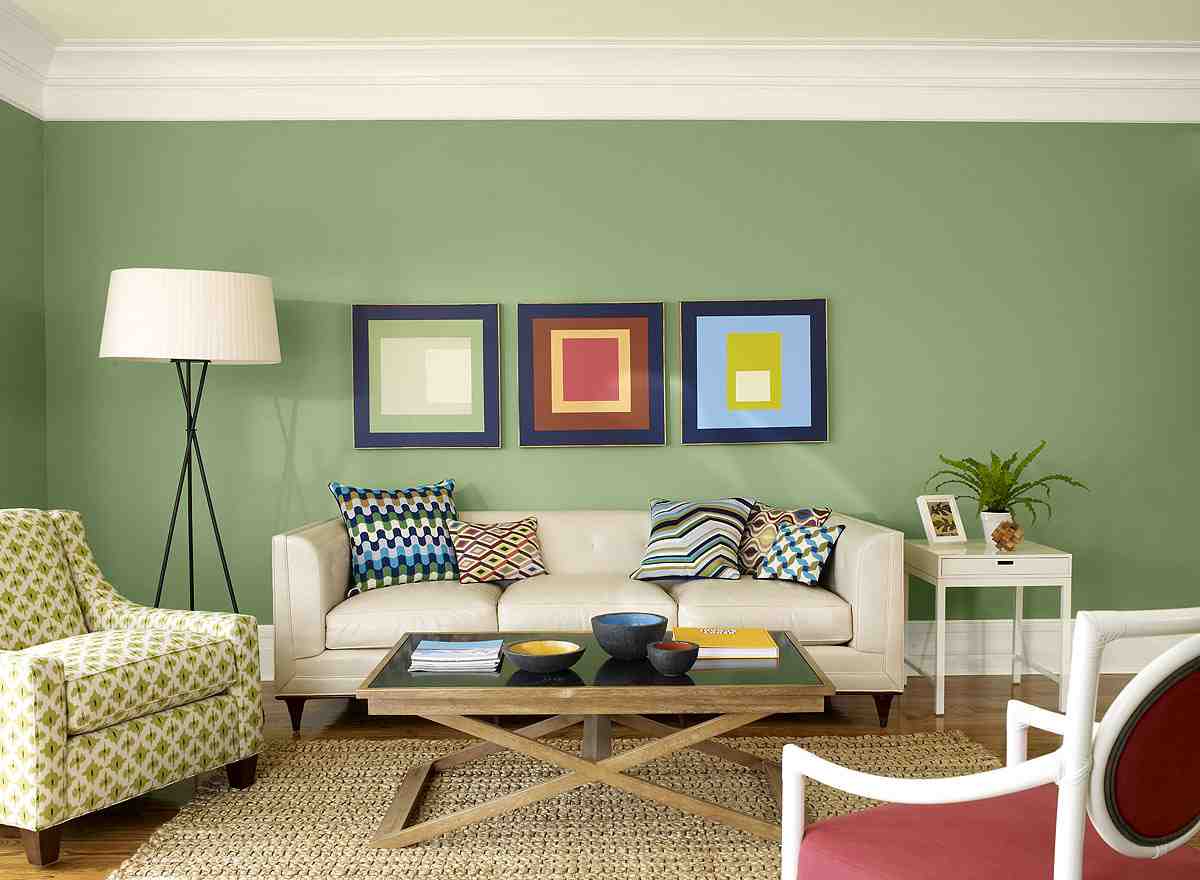
:max_bytes(150000):strip_icc()/Litchfield_BeresfordHill_025-5b89787fc9e77c00258aa53c.jpg)


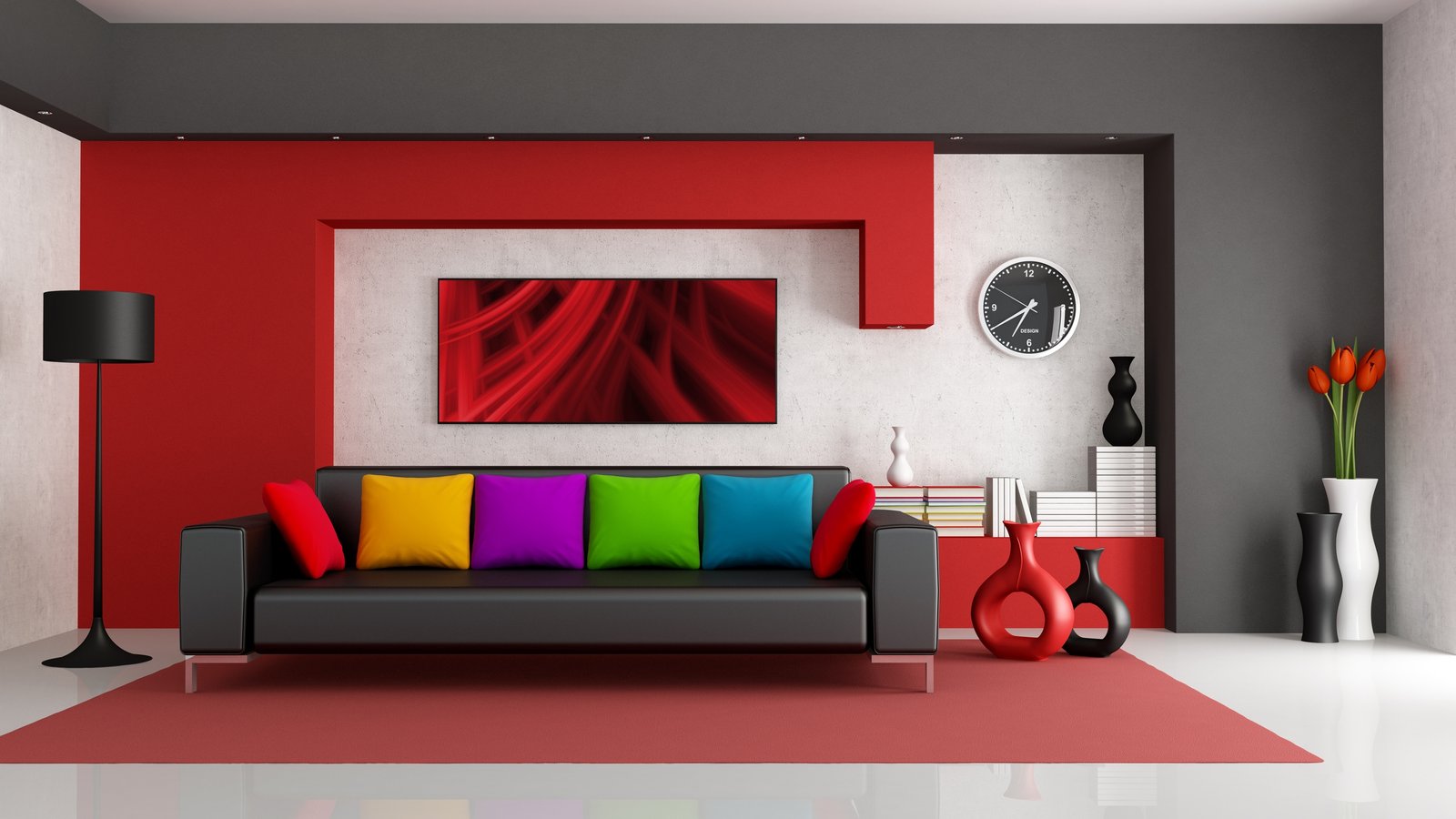

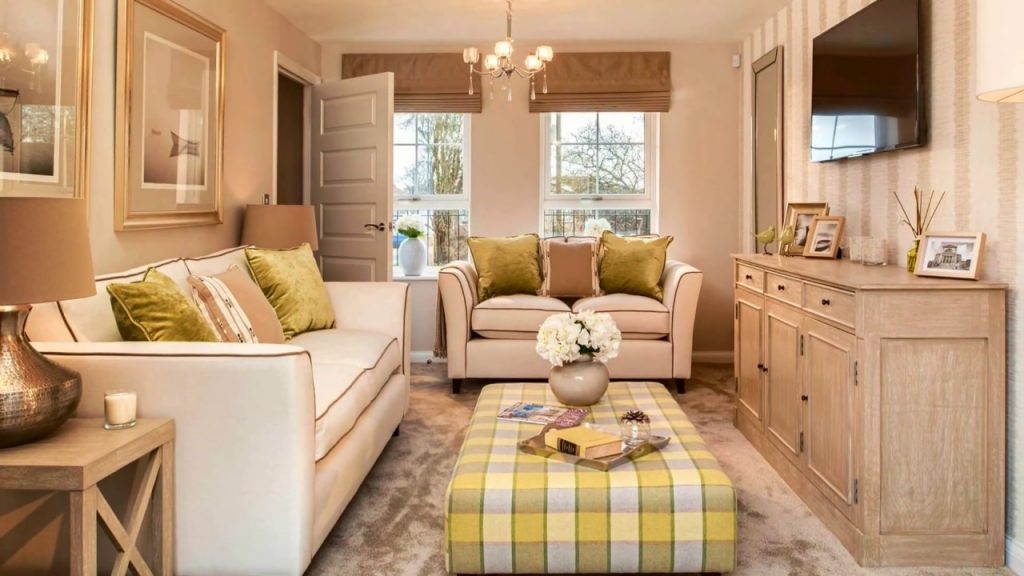
/169789002-58a723d63df78c345b930ec6.jpg)

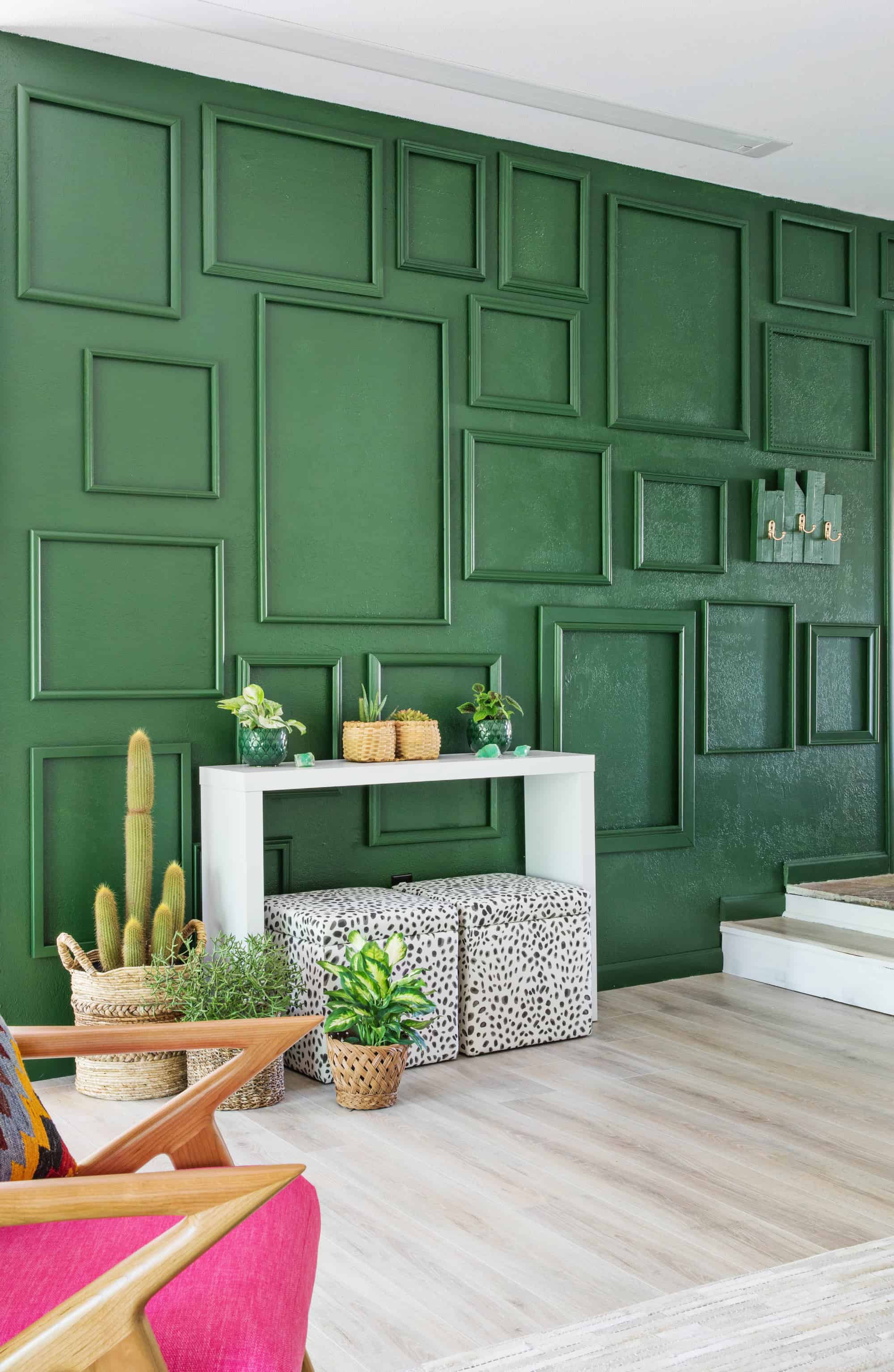


:max_bytes(150000):strip_icc()/Striped-accent-wall-58e43e343df78c5162af11d1.png)
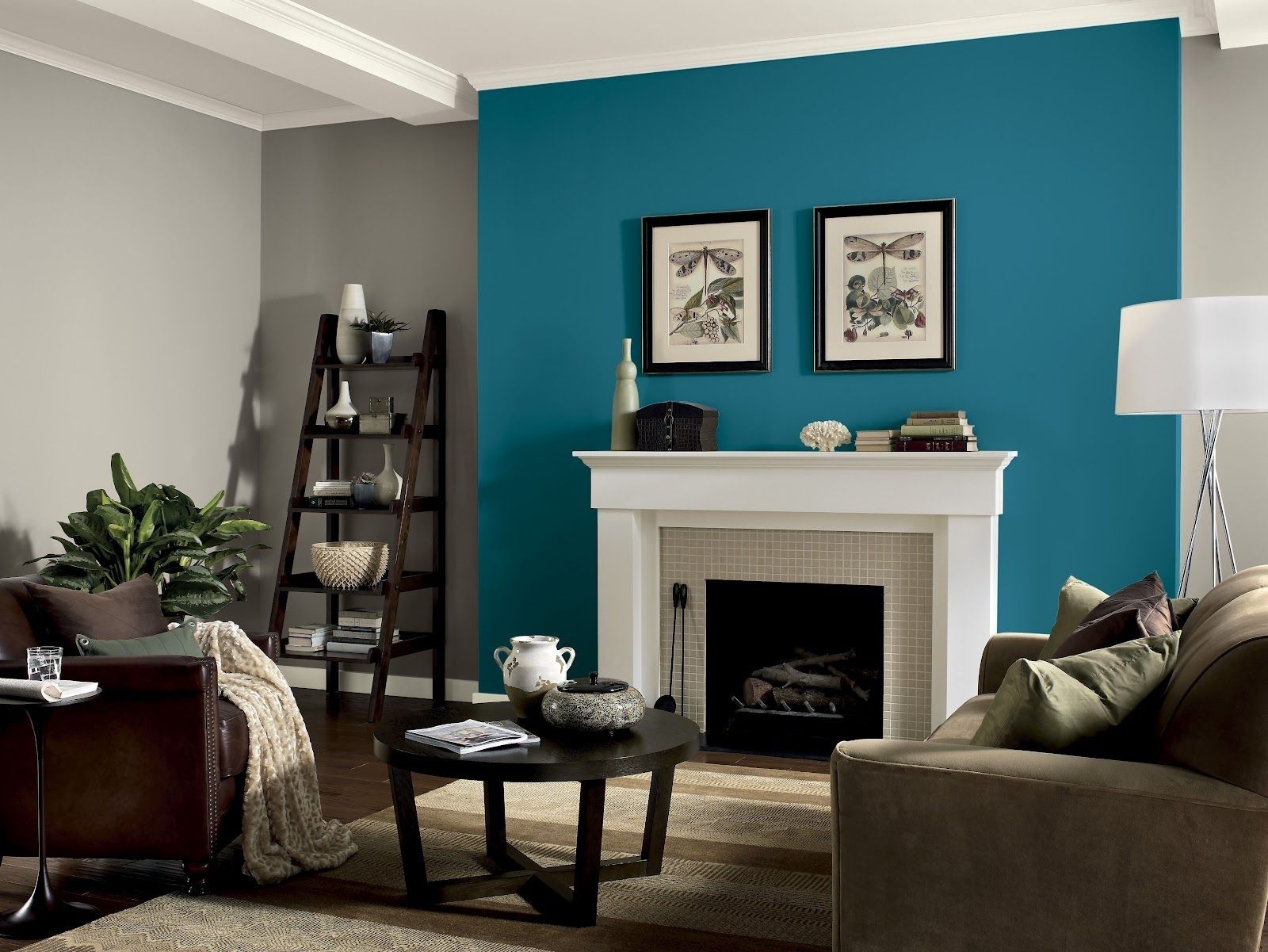
:max_bytes(150000):strip_icc()/Textured-accent-wall-58e438e25f9b58ef7e6f4ccb.png)






